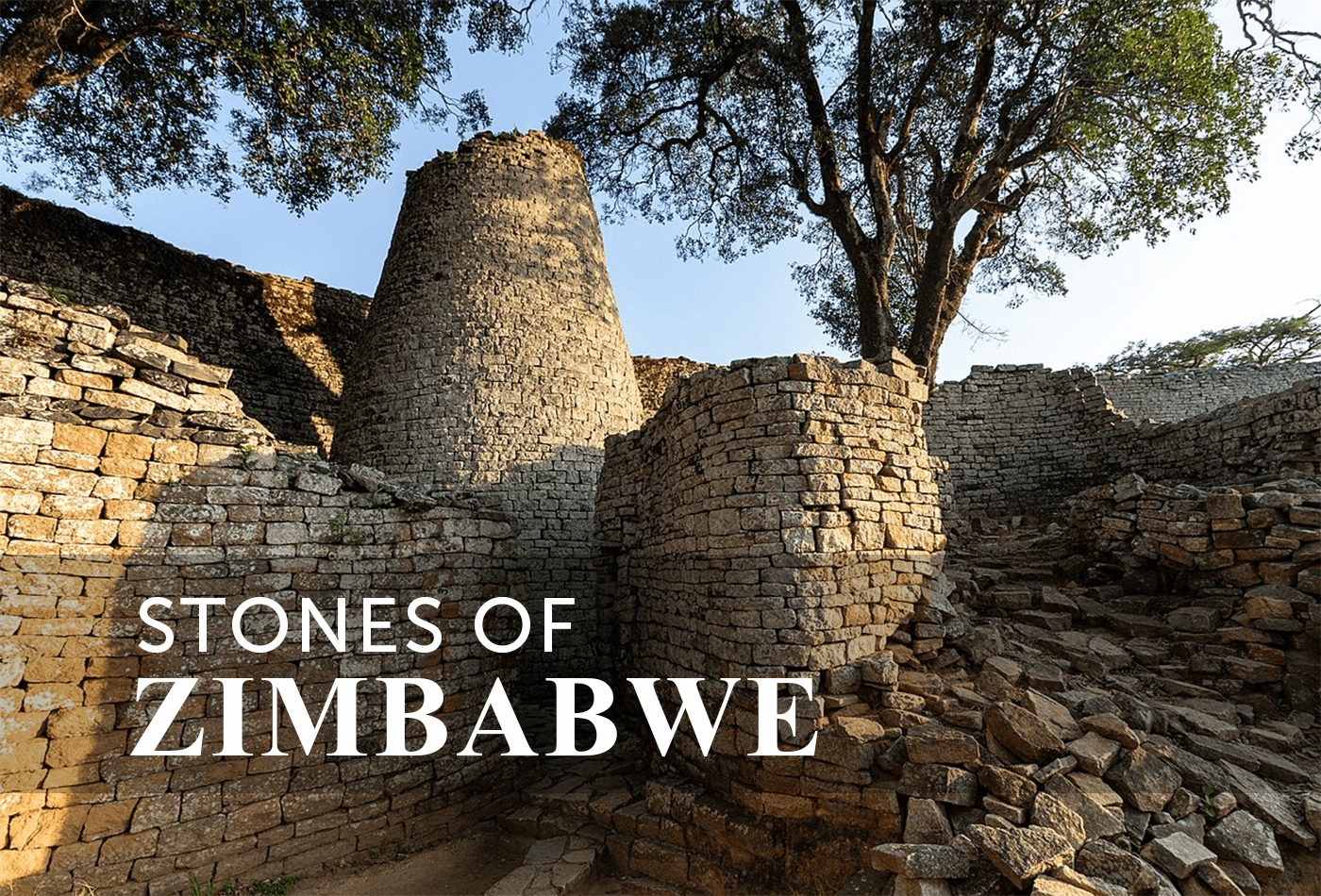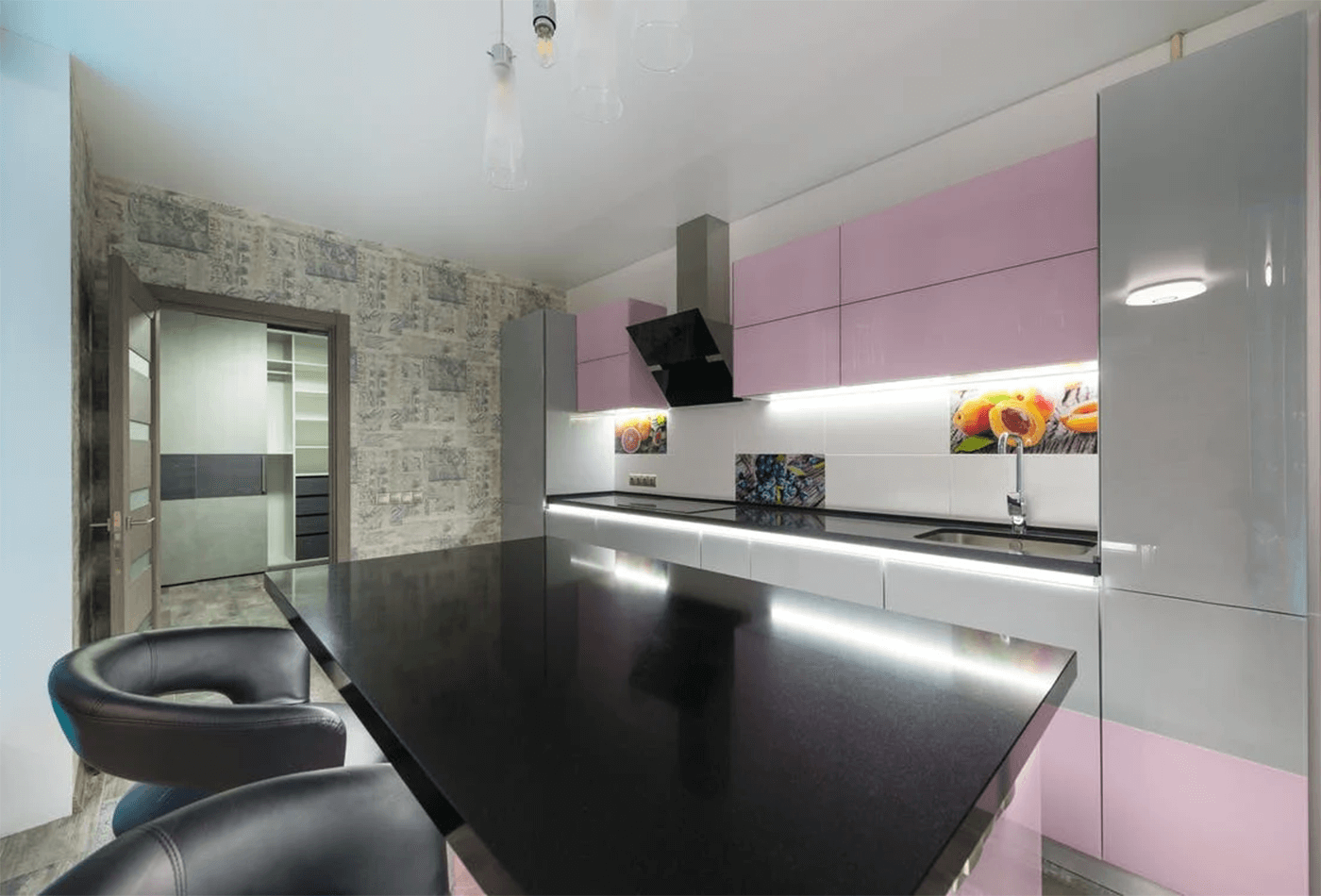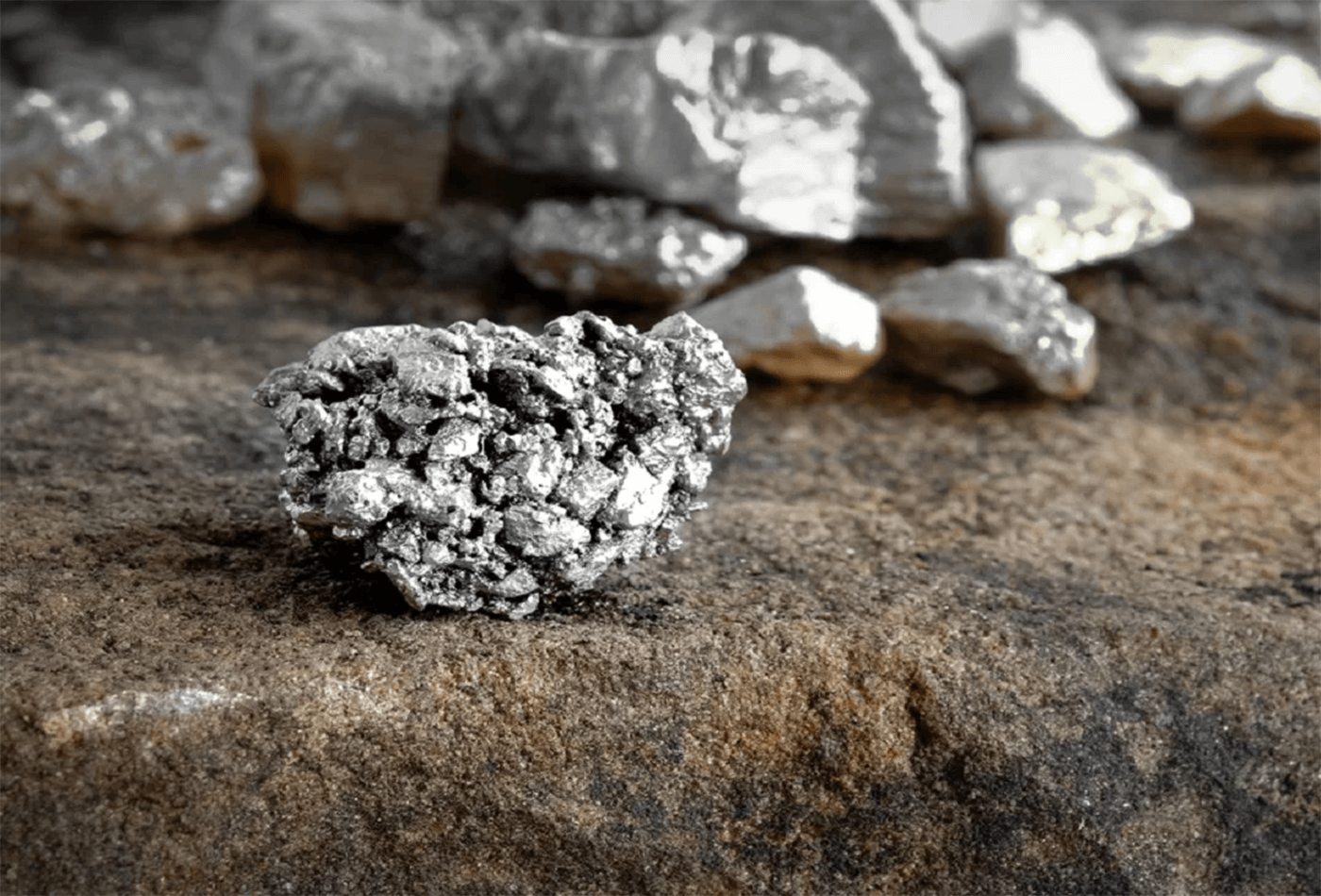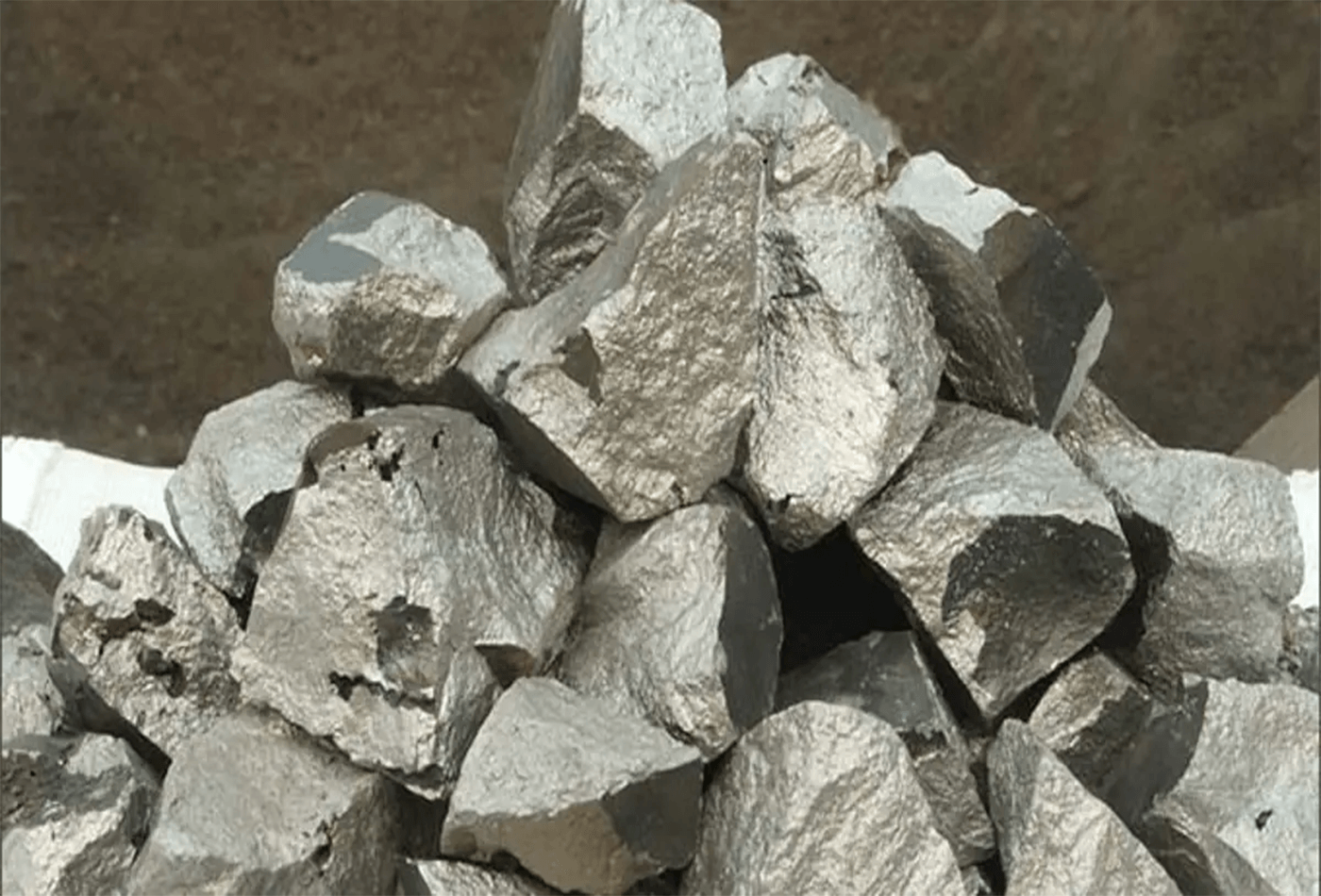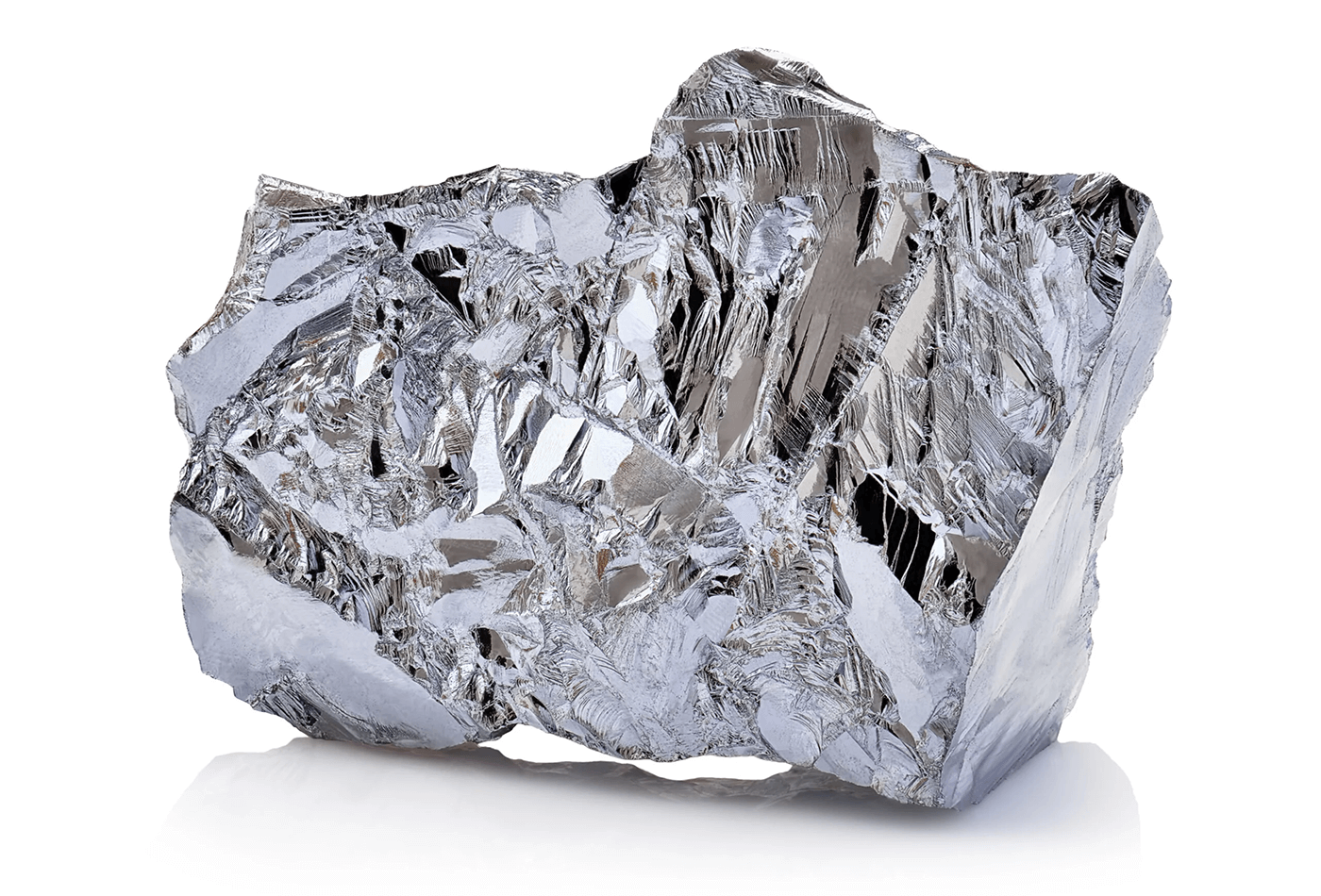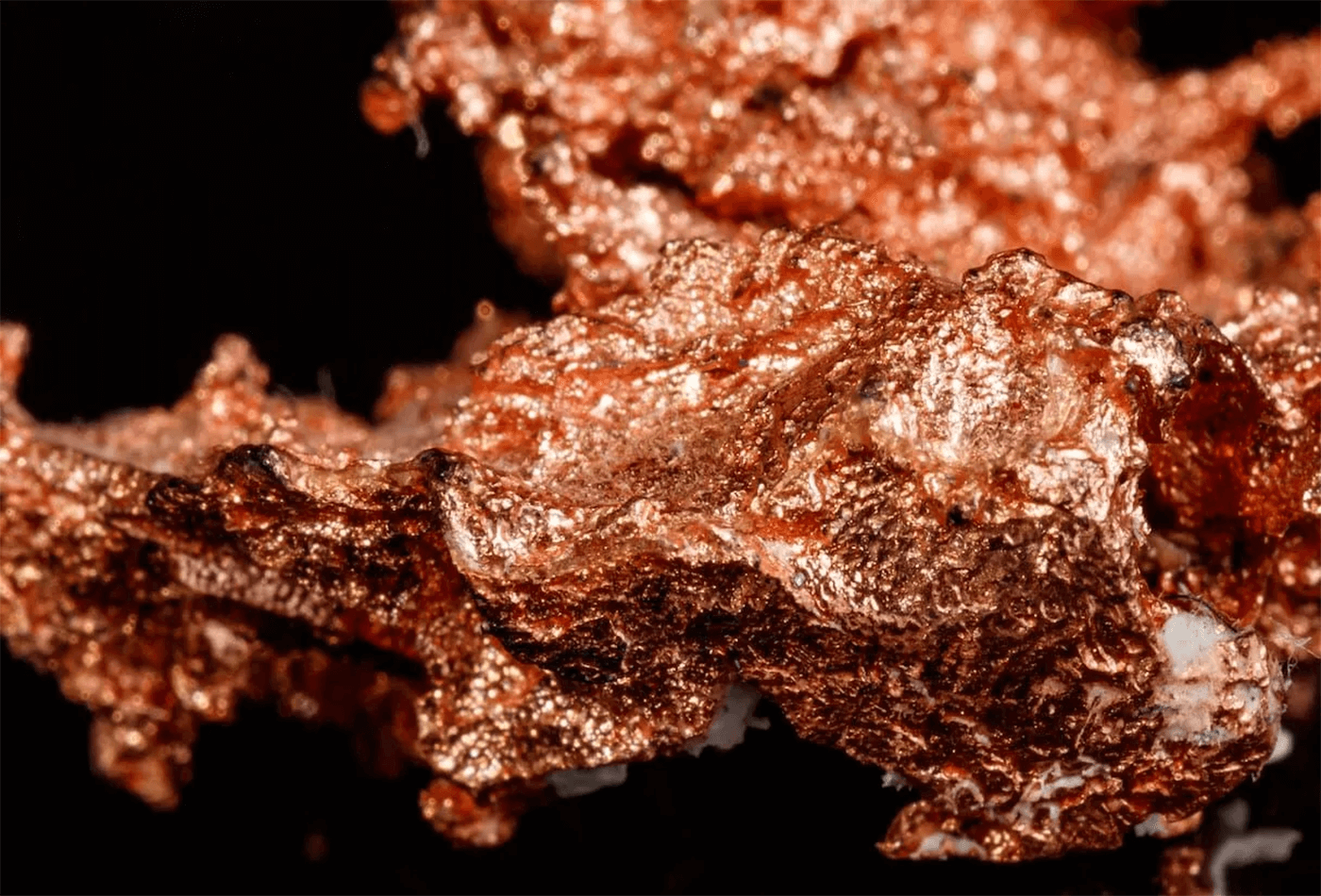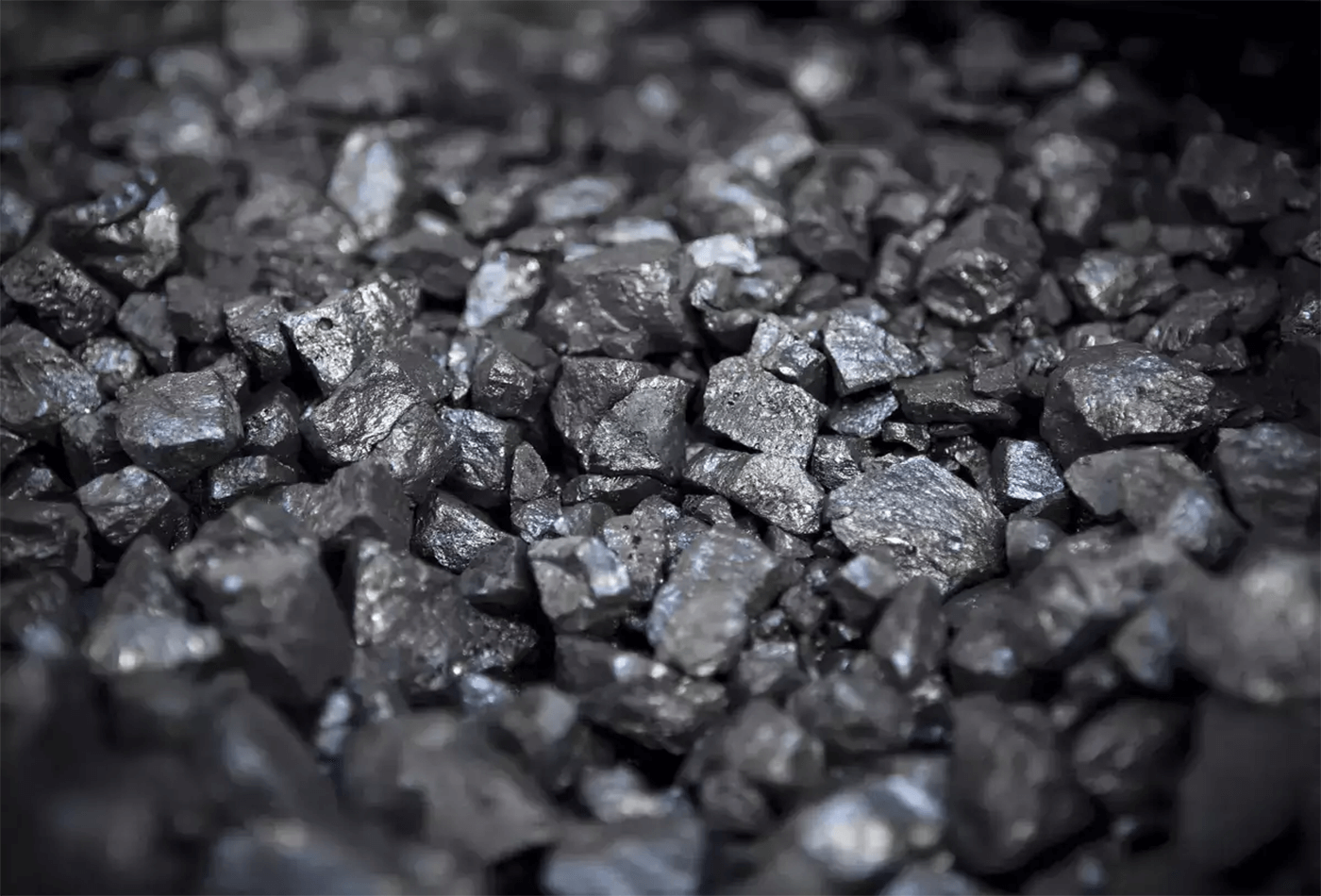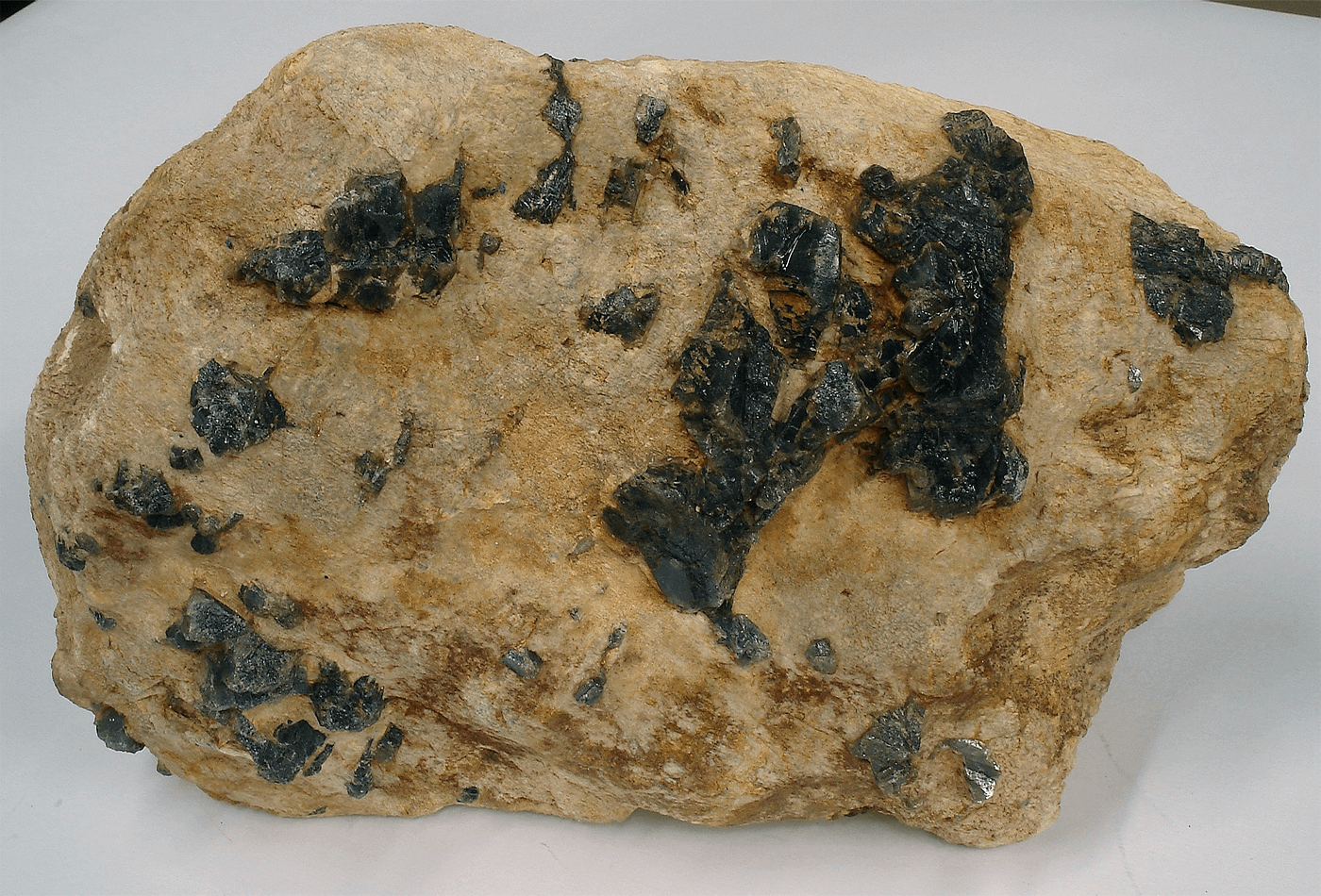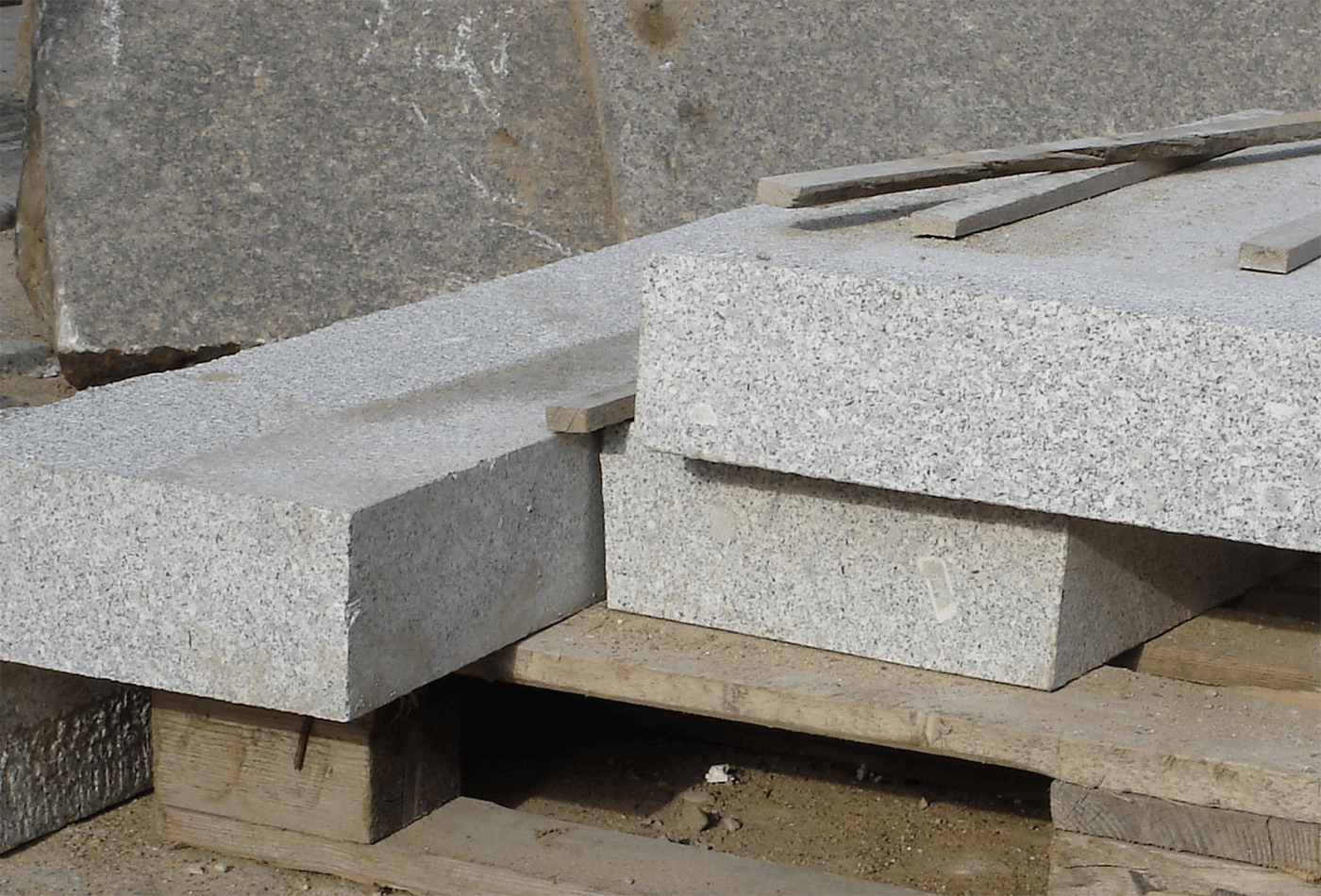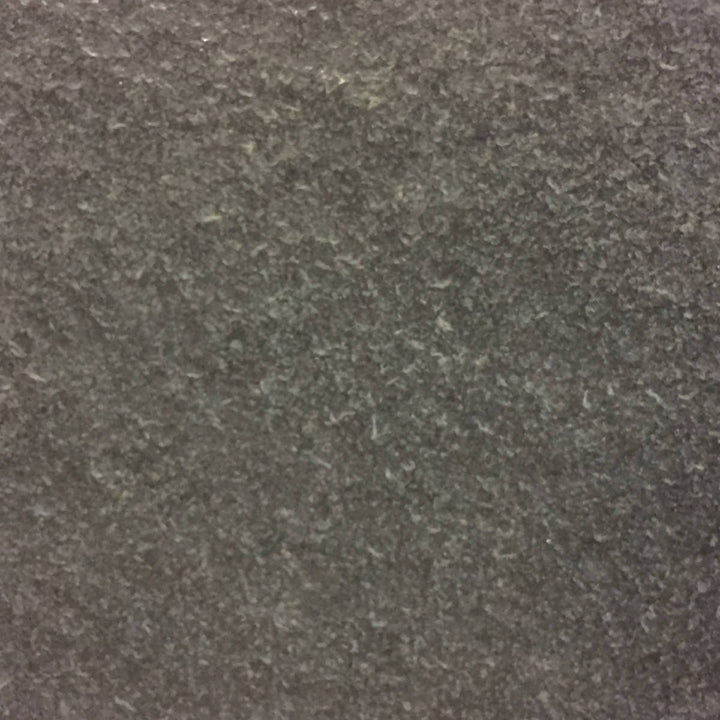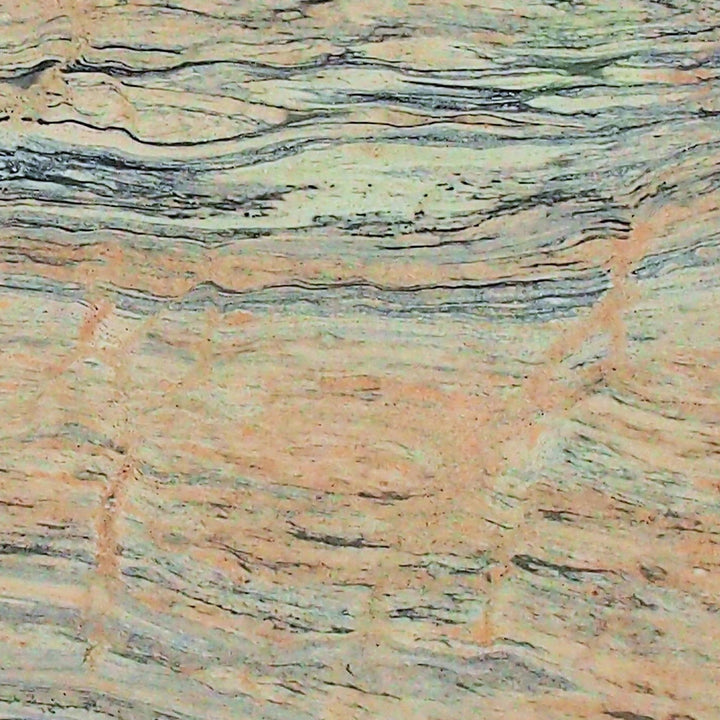Stones of Zimbabwe; Sculptures and Unique Features
Stones for construction are derived from natural rocks formed in the earth’s crust. Each rock has a different composition of chemical substances and exhibits different properties. If not every kind of rock, some rocks are widely used in construction that produces building stones. Zimbabwe has its own share of those.
History of Zimbabwe Stones:
In present-day Zimbabwe, there are ruins of a city known as Great Zimbabwe, which dates back to ancient times. Great Zimbabwe was inhabited around 1100 CE, at the time it was abandoned in the 15th century. During the Shona (Bantu) trading empire, the city was the capital of the Kingdom of Zimbabwe.
Stones from Zimbabwe:
Nero Cosmos Granite:
Nero Cosmos Granite is an excellent modern substitute for sheer Black Granite Worktops. It has fine natural silver flecks throughout the stone that remind me of the night sky. This Granite is extremely durable and long-lasting, making it ideal for use in high-traffic areas both commercial and residential. Black worktops can go with almost any colour and style of kitchen cabinets, and the added sparkle is a fantastic finishing touch for that modern twist.
Nero Absolute Black:
Granite is an igneous rock, which means it is extremely hard. This is why it has been used as paving and in areas of a building that require greater resilience for centuries. Absolute Black is a nice uniform black with very little speckle. It is available in standard sizes with a polished or honed finish and is a popular kitchen worktop material.
KR BLACK / NEGRO ABSOLUTO GRANITE |
NERO COSMOS GRANITE |
NERO INDIA GRANITE |
Zimbabwe Kitchen Countertop stones:
Nero Assoluto Granite:
Zimbabwe / Nero Assoluto Granite Black worktops have a consistent appearance in colour and texture, which works well in modern kitchens with sleek lines and a minimalist look. Gloss kitchen cabinets can be used to create dramatic contrasts. Pure black worktops appear to go well with white, black, red, or a slightly softer cream.
Zim black granite:
Zimbabwe Black worktops have a uniform appearance in colour and texture, which works exceptionally well in contemporary kitchens. Zimbabwe Black granite worktop is a shimmering worktop featuring a black base and white specks. Black is perfect for those looking for a plain black worktop. This surface offers a warm and classic style, making it a fantastic choice against any colours or wooden cabinetry.
NERO ASSOLUTO GRANITE |
NERO ASSOLUTO ANTIQUE GRANITE |
ZIM BLACK GRANITE |
Minerals of Zimbabwe
Gold
Gold mining and exploration in Zimbabwe has been going on from ancient times and it is estimated that a third (about 700 tonnes) of all historical gold production was mined locally from the seventh century until the introduction of mechanised mining methods with the arrival of Europeans about a century ago. There are over 4000 recorded god deposits, nearly all of them located on ancient workings.
Silver
It occurs as native silver in association with other minerals such as gold, copper and lead. With the exception of the Osage Mine in Zimbabwe, it is declared as a by-product from the mining of platinum, gold and copper. Gold mines in the Odzi greenstone belt have the highest silver and gold ratios.
Platinum Group of Elements
Platinum Group Metals (PGMs) consist of platinum, palladium, rhodium, ruthenium, iridium and osmium and have a high demand worldwide because of their wide variety of uses in industry. Zimbabwe’s Great Dyke, a linear early Proterozoic layered mafic-ultramafic intrusion trending over 550km at a maximum width of about 11kilometres, has the second-largest platinum reserves in the world after the Bushveld Complex in South Africa. An estimate of 2.8 billion tonnes PGM ore at 4g/t are estimated to lounge on the Dyke. Notably, PGMs are mined as primary metals only in the Bushveld in South Africa and along the Great Dyke in Zimbabwe.
Diamonds
Zimbabwe is located within an exceptionally rich diamondiferous metallogenic province. Large areas of the country are covered by the Archaean Craton and the Archaean Limpopo Belt which are likely to have the best-developed mantle root and diamond potential along with discoveries of the mineralised kimberlites on the Craton (Murowa, Sese, Colossus) and on the Limpopo Belt (River Ranch) which make Zimbabwe an excellent exploration target with potential for economic kimberlites. The diamond exploration success in neighbouring Botswana and South Africa, the greatest producers of gem-quality diamonds has made a positive impact on the diamond prospectively of the country.
Chrome
Zimbabwe has the 2nd largest high-grade chromium ores in the world after South Africa with reserves of approximately 10 billion tonnes. Giant crystals of up to 1.5m have been found on the dyke. Chrome is mainly used in stainless steel production, as a metal coat, in the chemical industry and in metallurgical processes.
Coal
Zimbabwe has vast high-grade coal deposits occurring as fossilised carbon. It occurs in lower Karoo sediments. The country’s full potential is however yet to be exploited.
Nickel
In Zimbabwe nickel occurs within the Archean craton in rocks of komatiite composition e.g. at Trojan mine. There are nickel deposits in several serpentinite areas in greenstone belts with igneous complexes around the country. The country has got huge potential in komatiite and laterite and more than 30 nickel deposits are known. Currently, production is at Trojan mine in Bindura.
Asbestos
Asbestos occurs as chrysotile. Zimbabwe was once the world’s 3rd largest producer of asbestos before the demand declined. After gold asbestos was once the largest income producer in the mining sector. Production ceased with the closure of Gates Mine and Shabani Mine.
Copper
There are over 70 known deposits in Zimbabwe that have produced copper either as a primary or secondary product. The main producing area has been the Magondi Basin in an area stretching for over 150km.
Iron
Zimbabwe has huge iron deposits associated with banded ironstone formations in greenstone belts. Major deposits are estimated to be over 30 billion tonnes of reserves.
Pegmatite Mineral
Pegmatites which are ubiquitous in several geological environments especially on the edges of green stones and in metamorphic belts are a source of a variety of minerals including tantalite, tin and wolframite, beryl, mica, feldspar, and gemstones such as emerald, aquamarine, chrysoberyl, alexandrite and euclase.
Though Sandawana emeralds are small, they stand out for their beauty and the quality of their colour as one of the most prestigious, beautiful and rarest gemstones in the world, so they retain value well. Their deep green colour comes from chromium.
Larger high-quality Sandawana emeralds are extremely difficult to obtain, and prices are over three times that of diamonds of the same size.
Dimension Stones
Granites, gneisses, migmatites, gabbro-norites, dolerite, marbles and quartzite, suitable for use as dimension stones, are typical rocks belonging to Zimbabwe’s geological environments.
The most well-known dimension stones of Zimbabwe is black granite ubiquitous in the north-eastern part of the country which has attracted considerate foreign investors.
Sculptured Stones of Zimbabwe:
The majority of the stones of Zimbabwe sculptures are locally sourced and belong to the Serpentine family of stones. They are sedimentary rocks that are transformed into hard stones over a period of millions of years, due to intense heat and pressure. Serpentines are rich in iron.
Professional sculptures prefer harder varieties such as spring Stones. Dense stones have extremely fine grains and uniform structure and they are ideal raw materials for sculpting. Most of the stones used for sculpting are mined by hands at the Great Dyke.
The mines tend to be small-scale, open-cast operations and they are too small to cause any environmental damage. Mining here is a valuable alternative source of income for the rural communities here.
ZIMBABWE GRANITE |
MYSTIC GOLD GRANITE |
ANGOLA SILVER GRANITE |

